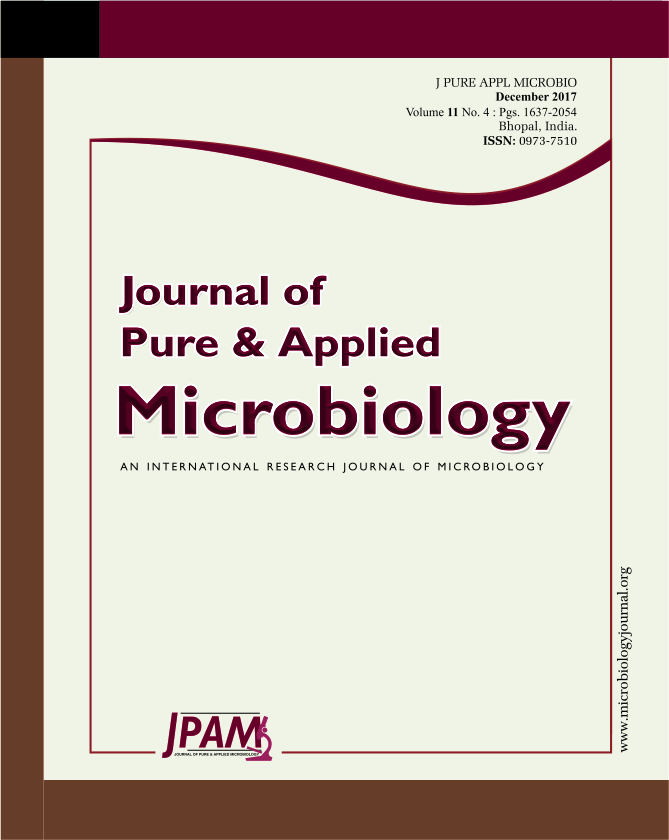Bioethanol might be one of the most potent solutions to overcome the demand for liquid transportation fuel. The demand for ethanol has been continually increasing on account of the growth of user industries and use of ethanol as a fuel. However, the production and availability of ethanol has largely lagged behind. The major problem with bioethanol production is the availability of raw material. Lignocellulosic biomass is the most promising feedstock considering its abundant availability and low cost. Ethanol production is much more challenging and difficult when lignocellulosic material is to be used as raw material. Unlike the starch-based materials, pretreatment and hydrolysis of lignocellulosic material produce a mixture of pentose and hexoses along with other inhibiting compounds, causing many problems in the fermentation process. Bioconversion of lignocellulosic biomass to ethanol requires three major unit operations including pretreatment, hydrolysis, and fermentation, which is comprehensively summarize in this review.
Lignocellulosic biomass, bioethanol, Pretreatment, Hydrolysis, Fermentation.
© The Author(s) 2017. Open Access. This article is distributed under the terms of the Creative Commons Attribution 4.0 International License which permits unrestricted use, sharing, distribution, and reproduction in any medium, provided you give appropriate credit to the original author(s) and the source, provide a link to the Creative Commons license, and indicate if changes were made.


